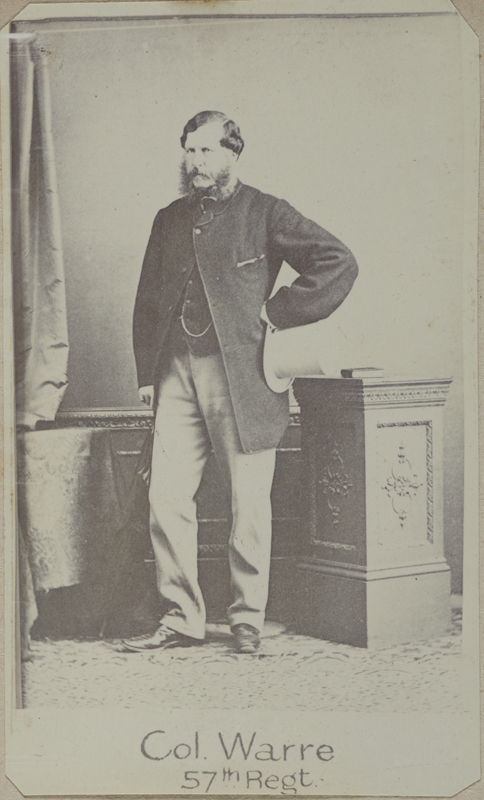
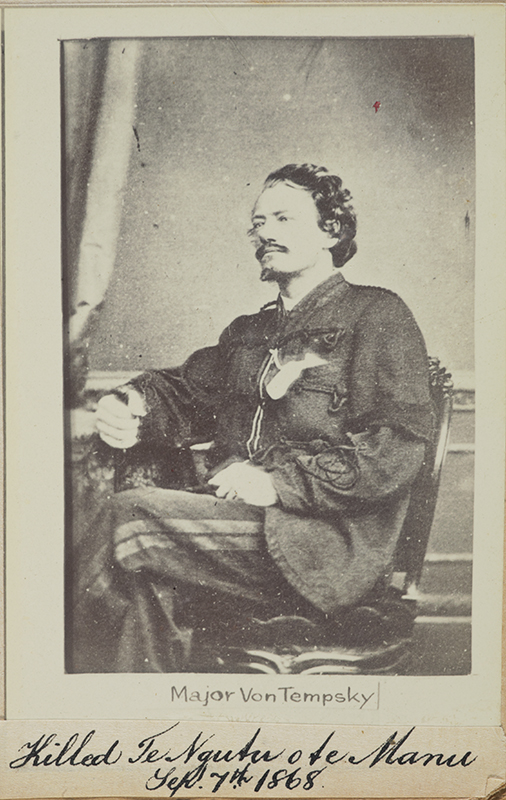
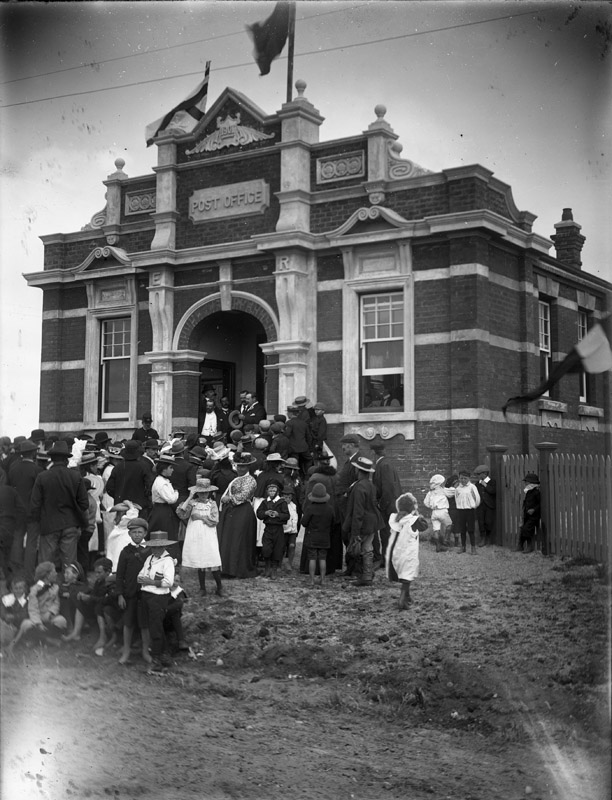
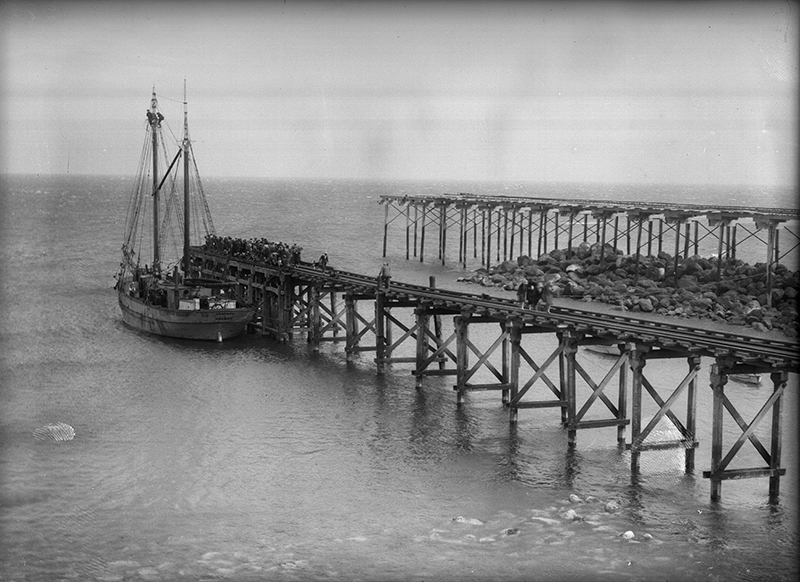
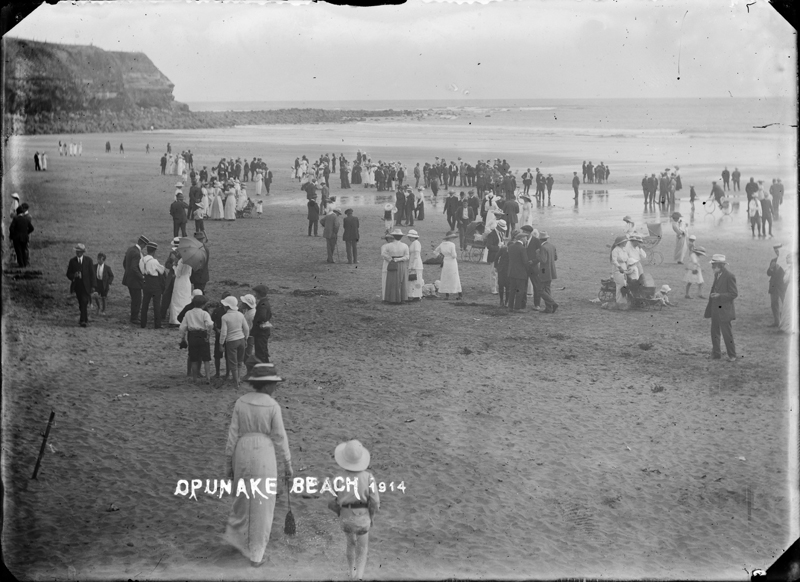
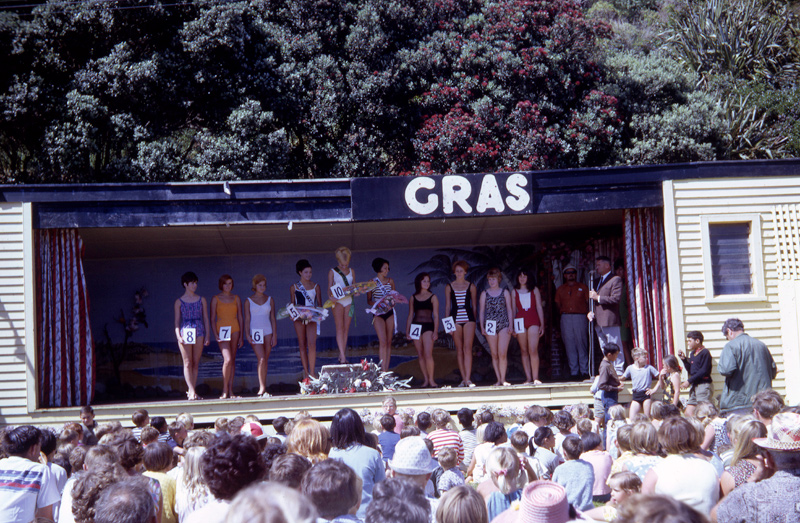
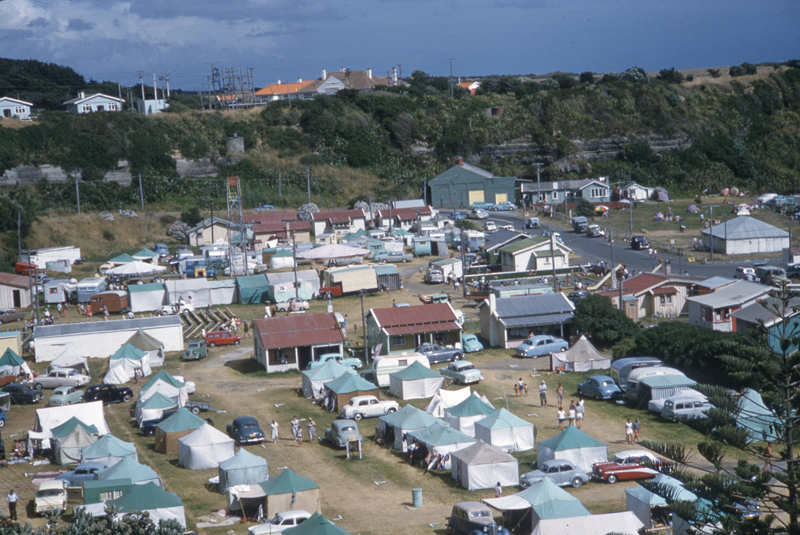
Drive through Opunake and you'll find a quiet little town with new decorative stone walls, faded shop facades and a bright mural or three. Turn at the old Club Hotel and follow the road that slopes down to the beach and you could be anywhere in small town New Zealand. Except you're not. You're in Opunake - the home of world famous surf. Its original past swirls all around you and it's probably not as bland as you think.
Opunake didn't appear on a map until 1842. Chief Wiremu Kīngi Te Matakātea was the first occupant of note. 'He of the clear eyes' lived at Te Namu pā with his iwi and was respected in the district for more than forty years.
Back in the 1820s and 1830s Opunake had seen a bloodbath of tribal killing when Waikato and Maniapoto tribes swept down from the north and defeated local tribes. Afterwards, great cannibal feasts were held and in 1826 a massacre at Maru, a fortress high on the hidden slopes of Taranaki close to where the Kahui Hut stands today, added more blood to that already shed.
Fortunes were reversed in 1833 when Wiremu Kīngi decided to make a stand against the Waikato marauders. He called together the remnants of his tribe and the might of the enemy was overturned. Peace reigned in Opunake for the next twenty years.
Until 1865 there were no settlements at all from Tātaraimaka to Pātea, and from the coastline to the mountain the land was covered in thick, virgin bush.
The first Pākehā to arrive was Colonel Henry James Warre after he and his 57th Regiment stepped on to the sand from SS Wanganui. A camp was built on top of the cliff and a redoubt followed. A rough road was quickly hacked into the bank down to the beach.
After Warre came the famous Prussian mercenary Gustavus Ferdinand von Tempsky, who took over the base with his Forest Rangers.
Octavius Carrington surveyed the town in 1867 and Major Goring and the Imperial Troops took charge. A difficult relationship began between Māori and Pākehā, which saw many clashes up and down the coast.
From 1881, the newly recognised Egmont County became an armed camp with Māori understandably hostile to the new regime.
The first white child was born at Bartlett's Hotel, the daughter of the publican and his wife. Lucy Bartlett would live to the ripe old age of 100.
Soon pioneers came to turn the coast's natural resources into a livelihood. They milled flax, collected fungi for export and farmed - and when a new dairy industry took off, butter and cheese piled up by the ton.
Along with the hot Taranaki summers came the constant threat of bush fires and often plumes of thick white smoke could be spotted by passengers on passing ships.
The first wooden post office opened in 1881, followed by a sturdier brick building in 1901. A burgeoning economy brought dreams of a proper harbour.
Despite the terrible influenza epidemic of 1918, the town prospered. Fortunately for historians and locals alike, photographers John and Samuel Feaver captured much of it on film.
For a long time before the Pākehā came, Opunake beach was a quiet cove, with only the rush of tides to mark the days. Little happened to disturb the peace aside from the weather and perhaps the occasional skirmish against the pā on the southern-most end of the cliff.
Life for the Māori was organised, with tracks down from the pā to the sand, where canoes were pulled up out of reach of the high tides.
But along with immigration came industry - and shipwrecks up and down the coast. Though some settlers chose Opunake as a place to live, others were unceremoniously dumped here after their ships ran aground. Among those ships washed up along the Opunake coast were the Lord Worsley, Falcon, Janet Gray, Lizzie Bell, Arthur Wakefield, Northern Monarch, along with the Harriet at Rahotū, further north.
Stories and legends abound, but the wrecking of the Harriet brought about the first clash in Taranaki between Māori and European. Though everyone on board survived the initial disaster, Betty Guard and her two young children were kidnapped by local tribes. Later, they were rescued by Captain John Guard, with the help of two warships brought from Sydney, but Waimate and Ōrangituapeka pā were completely destroyed.
Over the next few decades, Opunake fell quiet once more. Even the start of the Taranaki Wars hardly affected the town or its inhabitants as most of the trouble was centred closer to New Plymouth.
By the late 1870s, Opunake was a busy shipping port, with goods destined for local traders rowed ashore from vessels anchored in the bay. But landing in Opunake had never been easy and goods usually arrived in towns bearing testimony to a difficult and soggy trip. What the town needed, its citizens decided, was a proper harbour. In 1877, they looked to the Government for money to build a wharf. The following year a ministerial party visited the town and promised to see what they could to turn the bay into a Port of Entry.
By 1881, as many as five ships could be seen anchored off Ōpunake at any given time, and a new jetty had been built. But the port still had a long way to go. Milk flooded into the dairy factories and came out as butter and cheese, which accumulated in stockpiles much faster than it could be shipped.
Though another petition to the Government was drawn up and a local Jetty Company formed, it took until 1892 before a proper wharf was built. At 300 feet long the wharf looked sound and impressive and every engineer who visited assured Ōpunake citizens that it would withstand assault from the sea.
But in early 1894 a gale sent half of it to the bottom and another section followed in June. Immediately, the Opunake townsfolk set about raising money for reconstruction. A Jetty Ball was held - and deemed to be “the most successful social event to date” ever held.
For a while, a plan for a harbour mole sat on the drawing board, but when the Armed Constabulary were transferred out of town, all shipping stopped. For the next 18 months not a single ship landed cargo in the bay.
In 1889, the Opunake Chamber of Commerce decided a Harbour Board was needed, but it wasn't until 1924 new harbour work began. It only lasted a year. Getting rock from Middletons Bay, with working hours dictated to by high tides and the weather, put the cost of building a mole out of reach. Eventually a scaled-down mole was built and a railway line laid to the east of the existing wharf. Shipping finally resumed in 1927, but the troubles were far from over. Rocks in the bay were removed, the breakwater lengthened and the road improved enough to take large trucks, but disaster struck when a steamer hit the seabed next to the wharf. The death knell sounded that same year and by 1934 the wharf had been dismantled and all dreams of a Port of Entry had gone. Much of the old wharf timber was carted to New Plymouth where it was used in the construction of Tupare, the home built by the Matthews family on Mangorei Road.
Opunake beach has always been regarded as safe for swimming and with the demise of the harbour it became increasingly popular. Along with tearooms and bathing sheds built in 1912, the Opunake Seaside Society erected their first pavilion down on the sand. It was razed by fire in 1920, but a replacement was finished in time for the following summer. Most Saturday nights saw dances there, and enthusiasts would often walk to the beach and climb back up the steep track to town in stockinged feet.
By 1926, as many as 500 passengers per trip arrived by train for picnics. More than a decade later, plans were hatched for a Centennial Seaside Park and major improvements made to the beach. Beach races on the sand became common and the Mardi Gras quickly became the talk of Taranaki.
These days Opunake Beach boasts a surf club, shop, children's playground - and glow worms if someone tells you where to look. A thriving camp ground is open all year round, ensuring the beach is popular with visitors and locals alike. For surfers, there is usually the chance of a decent wave and for fishermen the chance of a fish.
Mickelson, K. (1999). The clearing: a history of Opunake. Christchurch: Cadsonbury Publications.
Puke Ariki Heritage Collection: Ōpunake
LinkPlease do not reproduce these images without permission from Puke Ariki.
Contact us for more information or you can order images online here.